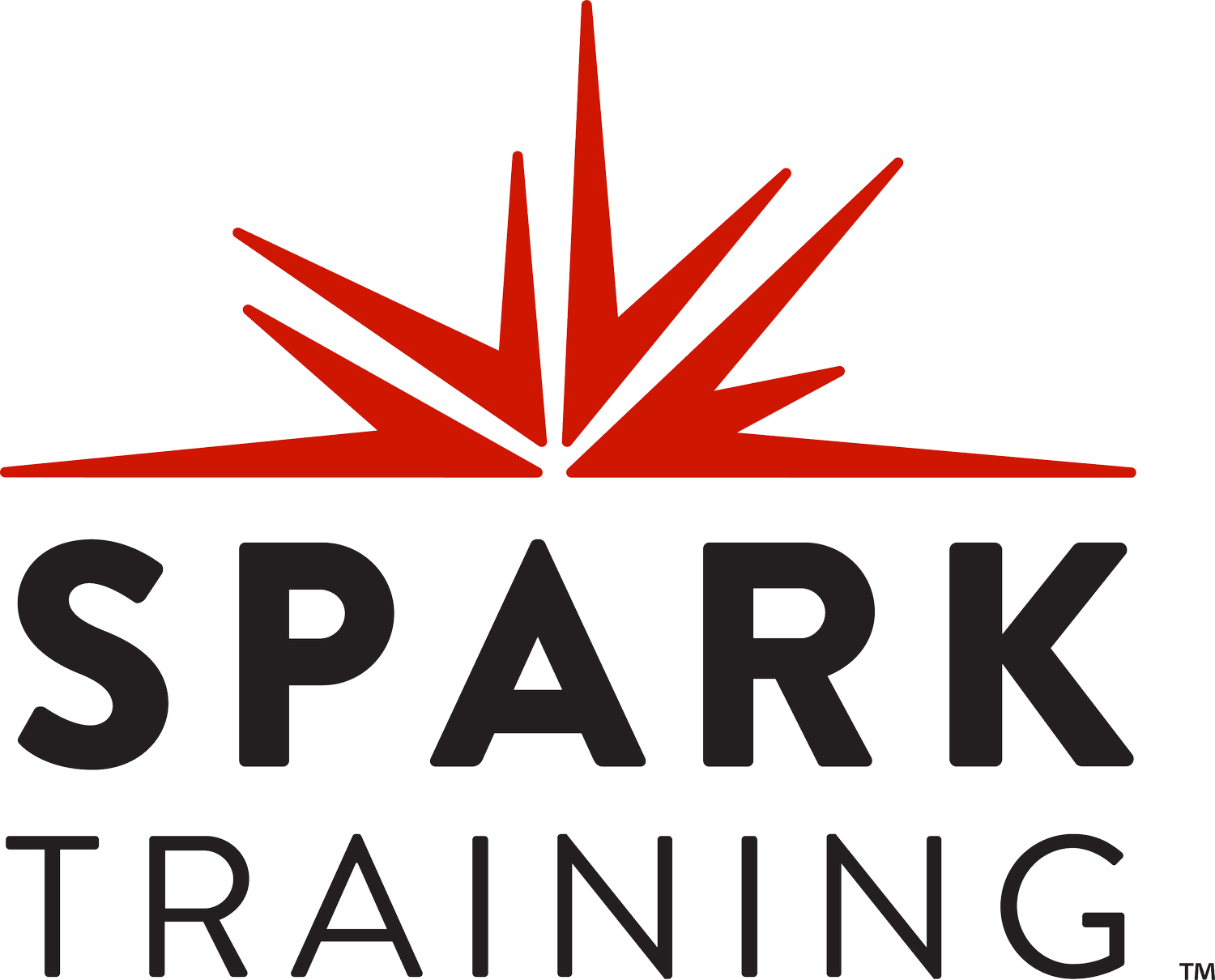A Perfect Storm: COVID-19 & Isolation
The rise of suicide mortality rates over the past two decades combined with the current pandemic has been called a “perfect storm”. Studies show the first ten days of incarceration is when the vast majority of jail suicides happen.1 Factors that may increase risk include the “shock of confinement”, as well as intoxication and withdrawal effects. Isolation is also a known risk factor for suicide in jails. During the pandemic, suicide risk within the first ten days is compounded when routine implementation of quarantine includes isolation upon admission.
If not sick, place with a cellmate
It is recommended to comply with the guidelines of the Centers of Disease Control (CDC) and your local public health department in the identification, prevention, and containment of COVID-19 infections. Unless a detainee has tested positive for the virus or is otherwise ill, you should consider co-housing the individual with others. Having a cellmate allows for improved coping through support and distraction from stress, decreasing social isolation. Co-housing is a powerful tool to prevent suicide.
Quarantine shouldn’t equal isolation
There are many reasons why detainees may need to be separated from others – for their safety as well as the safety of staff and other detainees. The risk of contagious disease is just one of those reasons.
However, quarantine should not mean automatic isolation. Consider co-housing COVID-19 positive detainees if possible. If isolation is unavoidable, it is recommended to increase monitoring and/or consider suicide precautions. Refer the detainee to your mental health services team for risk assessment and supportive interventions. While managing COVID-19 in your facility may be a shared responsibility between security and medical staff, quarantine of potentially infected detainees shouldn’t equal isolation.
1 https://www.prisonpolicy.org/graphs/jail_suicides_by_days_2015.html
If you would like additional information, please email training@sparktraining.us.
All materials have been prepared for general information purposes only. The information presented should be treated as guidelines, not rules. The information presented is not intended to establish a standard of medical care and is not a substitute for common sense. The information presented is not legal advice, is not to be acted on as such, may not be current, and is subject to change without notice. Each situation should be addressed on a case-by-case basis.
